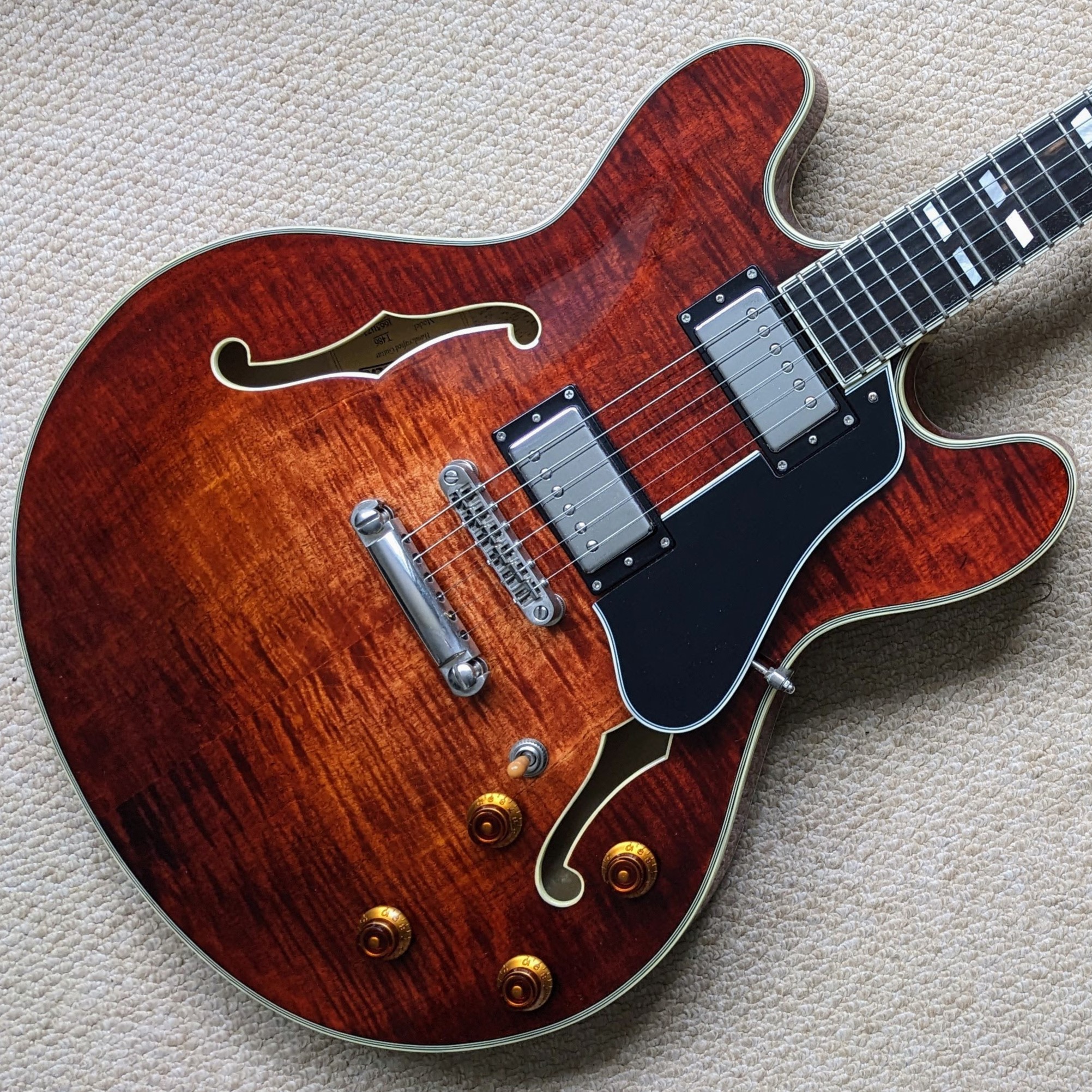Howdy, Stranger!
It looks like you're new here. If you want to get involved, click one of these buttons!
Categories
- 241.4K All Categories
- 22 >> Start Here <<
- 12 New Members
- 8 FAQs
- 86.6K Gear
- 39.5K Guitar
- 3.4K Acoustics
- 1.3K Bass
- 14.6K Amps
- 17.2K FX
- 266 Digital & Modelling
- 765 Other Instruments
- 8.3K Making & Modding
- 420 Gear Reviews
- 107 Guitar Reviews
- 73 Amp Reviews
- 118 FX Reviews
- 87 Other Reviews
- 748 Made in the UK
- 972 Theory
- 1.8K Technique
- 2.1K Live
- 3.2K Studio & Recording
- 2.1K Making Music
- 218 Events
- 15 Guitar Show 2018
- 829 Plug My Stuff
- 105.1K Classifieds
- 41K Guitars £
- 2.8K Acoustics £
- 138 LH Guitars £
- 896 Basses £
- 10.5K Parts £
- 18.3K Amps £
- 34K FX £
- 2.8K Studio & Rec £
- 6.1K Misc £
- 465 Personnel
- 54.7K Chat
- 36.5K Off Topic
- 1.1K Tributes
- 6.6K Music
In this Discussion
Become a Subscriber!
Subscribe to our Patreon, and get image uploads with no ads on the site!
The interaction of neck and body resonance. Warning: tonewood content.
 Lebarque
Frets: 3863
Lebarque
Frets: 3863
I believe that different types and cuts of wood make a difference to the tone of electric guitars and that the neck wood makes the biggest difference. If you don't, this isn't the thread for you!
When making partscasters, I like to tap the body and neck to ensure there is some resonance and sustain, and listen to the pitch. I'm after a 'bell-like' effect if you will. First question - I've heard it said that lower-pitched necks are the most desirable. Do we agree with this?
Accepting that's true, what's the best way to then select a matching body? Just go for a body with good sustain and ring, or is there merit in trying to match the pitch/frequency of the neck with the body?
0 LOL 0
LOL 0 Wow! 0
Wow! 0 Wisdom
Wisdom
 LOL 0
LOL 0 Wow! 0
Wow! 0 Wisdom
Wisdom Base theme by DesignModo & ported to Powered by Vanilla by Chris Ireland, modified by the "theFB" team.


Comments
There are too many variables imo
(formerly customkits)
Instagram
(formerly customkits)
once the drummer starts smacking his cymbals it may as well be made out of papier-mâché!...
• Youtube - https://www.youtube.com/@Goldeneraguitars
I know what I prefer, I know how it has changed over the years and influenced the way I build in different ways.
Instagram
If you believe otherwise that's fine.
I'm not sure there's any 'formula' for it, it can be quite random since it depends on the interaction of two pieces which have inherently different resonances.
"Take these three items, some WD-40, a vise grip, and a roll of duct tape. Any man worth his salt can fix almost any problem with this stuff alone." - Walt Kowalski
"Only two things are infinite - the universe, and human stupidity. And I'm not sure about the universe." - Albert Einstein
Many guitars have a re-sale value. Some you'll never want to sell.
Stockist of: Earvana & Graphtech nuts, Faber Tonepros & Gotoh hardware, Fatcat bridges. Highwood Saddles.
Pickups from BKP, Oil City & Monty's pickups.
Expert guitar repairs and upgrades - fretwork our speciality! www.felineguitars.com. Facebook too!
But this is apparently done at the Fender Custom Shop, and it does seem to be the case that they produce a much higher proportion of great guitars than you would otherwise expect.
"Take these three items, some WD-40, a vise grip, and a roll of duct tape. Any man worth his salt can fix almost any problem with this stuff alone." - Walt Kowalski
"Only two things are infinite - the universe, and human stupidity. And I'm not sure about the universe." - Albert Einstein
(formerly customkits)
• Youtube - https://www.youtube.com/@Goldeneraguitars
From the acoustic builders point of view, after many years making builders start to develop their own voice irrespective of the wood they use.
This doesn't mean wood is less important, it means they have learnt to control it. A less stiff top may be left thicker, or bracing tweaked so the sound is shaped as the wood is removed
It's easier for electrics because it is frankly less important. ... but you still get a feel for how shaping can affect the way parts resonate and amended as you go if needed... but as long as a piece isn't dead ( as in, lacking in resonance), it's probably going to be fine.
Instagram